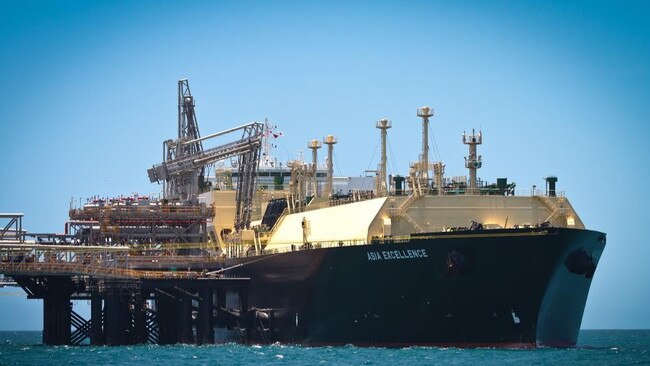Challenges ahead for gas on road to net zero


On the domestic front, government policy was clarified with the Future Gas Strategy in May. The end point will see gas providing some peaking power for electricity generation but will be mainly standby for the occasional sustained periods without sun or wind. By then, the role of gas in electricity generation will be tiny. Gas will still be needed for industry and commercial heating, but less than now.
So much for the plan. The practical challenges on the decades-long journey to this end point are formidable. Along the way, gas will have to take up the shortfall as coal generation phases out next decade, plus the increased demand as more processes are electrified – all those EVs and heat-pumps!
During this transition, renewables will still fall well short of the ample capacity required to fulfil their longer-term role. The Australian Energy Market Operator sees gas usage peaking in the early 2040s, then falling away sharply as we approach 2050.
Markets will have trouble accommodating this uncertain and volatile transition. Gas is considerably more expensive than sun and wind, which will encourage speedier shift to renewables. As gas approaches its long-term minimal role, generation capacity is estimated to be in use only 7 per cent of the time, so it will be hard for energy markets to provide a profitable equilibrium. Government intervention may be needed.
Despite our enormous LNG exports (currently global No.3), Australia will be short of piped gas domestically in Victoria and NSW. Proposed new gas projects face the constraints of fossil-fuel and fracking opposition (with the Greens making no distinction between dirty coal and less-damaging gas), and the risks to profitability from the uncertain domestic demand path and prices.
But at least there is a technically feasible path forward on the domestic front, and the phase-out of coal is well under way. Solar, wind, batteries and pumped hydro can replace fossil fuels for generation in all but the most exceptional weather conditions. In the meantime, LNG bought spot from our exporters can supplement inadequate production in the southern states, provided infrastructure is ready.
The way forward for our LNG exports, on the other hand, is uncertain. Our main customers – Japan, Korea, China – all have plans to phase out fossil fuels, but for Japan in particular, the challenge is daunting.
Japan was a climate transition pioneer, hosting the 1997 Kyoto Protocol. But the Fukushima disaster in 2011 knocked Japan off track and the Ukraine war has made things worse. Nuclear is gradually being brought back, against strong public opposition, but it will be only a part of the answer. Sun and wind are limited by topography. Eighty-eight per cent of its energy needs are imported, and one-third of this is from Australia.
The unspoken assumption is that technology will come to the rescue – hydrogen and Carbon Capture and Storage. Japan envisages continuing substantial reliance on LNG imports well beyond their net-zero target in 2050, made compatible by CCS. While there are numerous CCS trials under way, commercial application still falls short.
Australia has the largest current commercial project, at Barrow Island. This is designed to take just the by-product of production but has not yet been able to achieve this. Japan has little potential capacity for CCS at home, so would have to export the CO2 produced, adding greatly to expense. Some see CCS as an excuse for inaction.
Last year Tokyo’s electricity supplier JERA, the principal importer of Australian LNG and also part-owner of gas production here, said Australia’s “quiet quitting” of the LNG business would likely result in the “sinister consequence” of Russia, China and Iran filling the supply void, threatening the “rules-based international order”.
The company also criticised “ideologues” who opposed blue hydrogen (made from fossil fuels), as well as Australia’s failure to subsidise CCS, contrasting its inaction with the substantial subsidies in the US Inflation Reduction Act.
At the same time that Japanese buyers are criticising security of supply, they are selling their surplus LNG around Southeast Asia, developing a market which must be phased out later if global climate objectives are to be met.
Both exporters and importers of fossil fuels (including coal as well as gas) have obligations to facilitate the climate transition.
But the main responsibility lies with those who benefit from usage. Our continuing security of supply via long-term contracts should be contingent on importers demonstrating a credible technical pathway to net-zero.
Stephen Grenville is a former Reserve Bank deputy governor and a nonresident fellow at the Lowy Institute.




Where does gas fit in Australia’s net-zero energy transition? Domestically, it raises political hackles and splits opinion. But just as intractable are the challenges in our LNG export industry, where 80 per cent of our production is exported to countries which have uncertain pathways to net-zero.